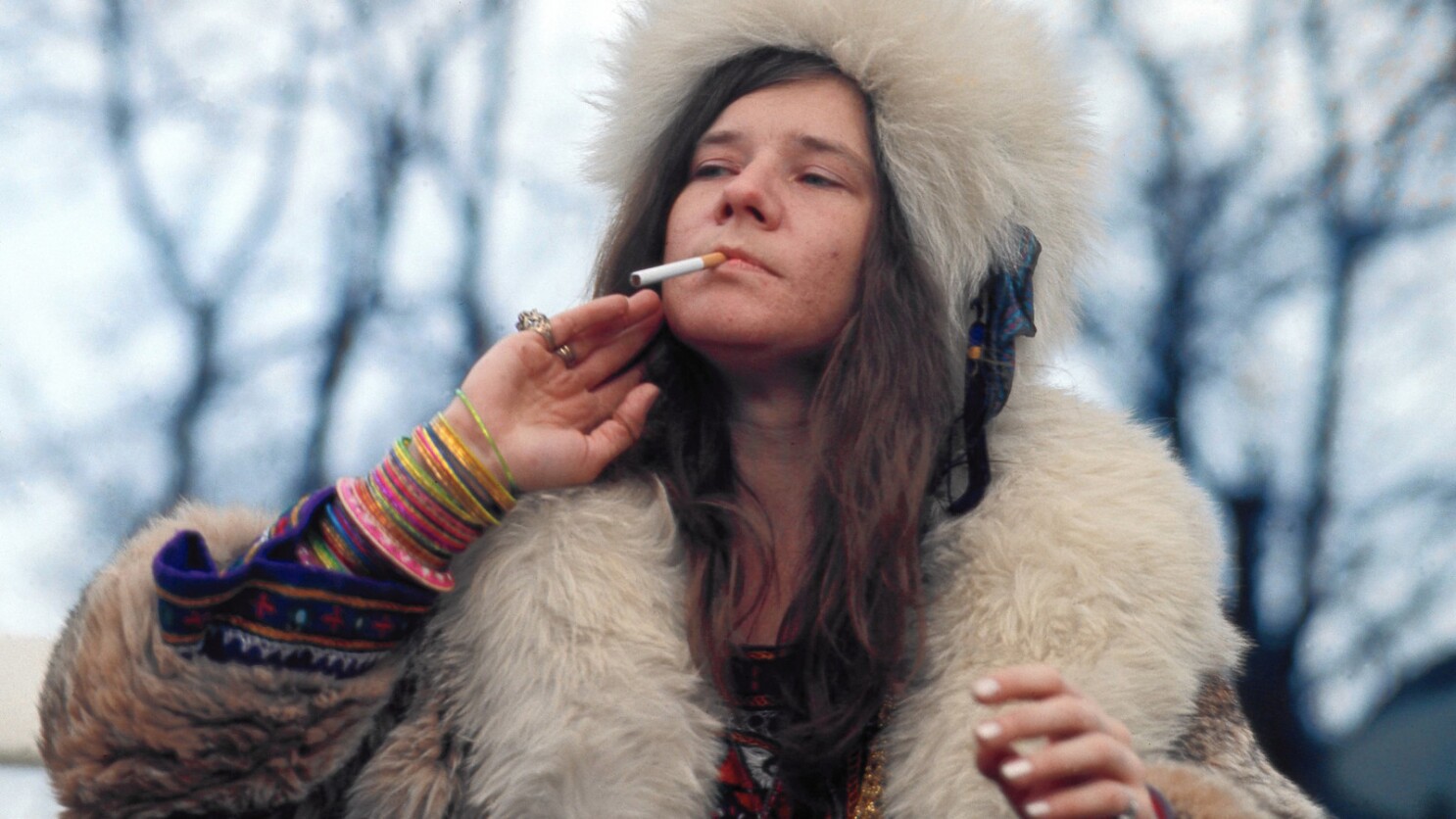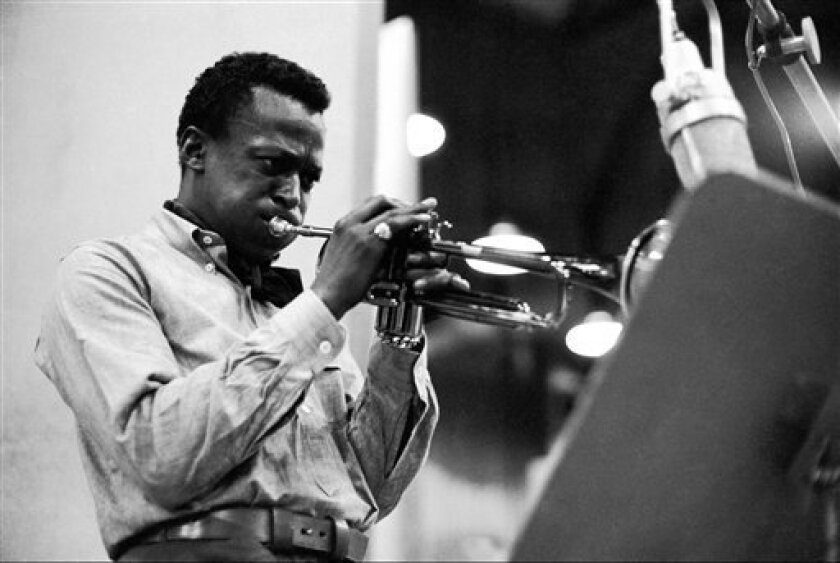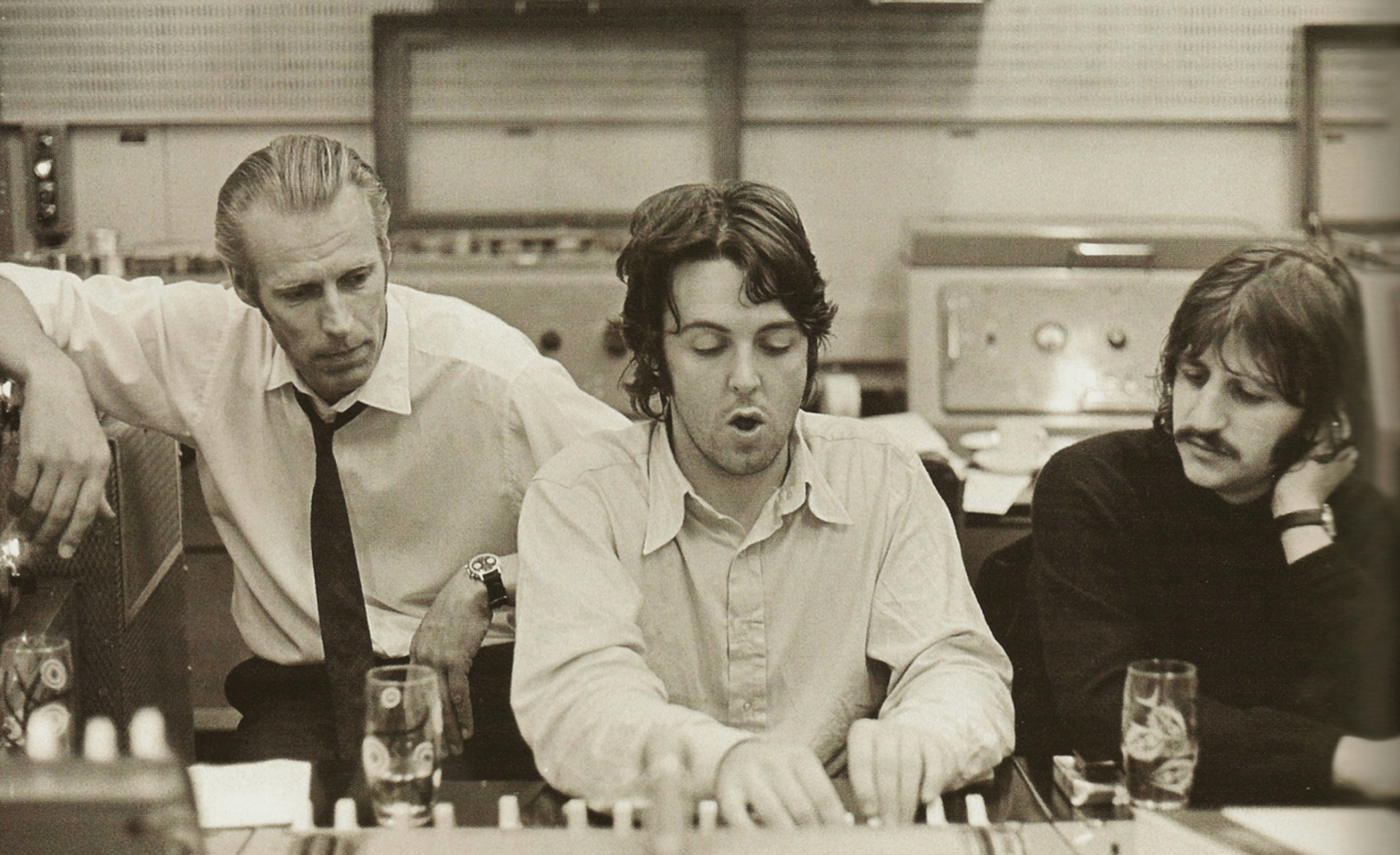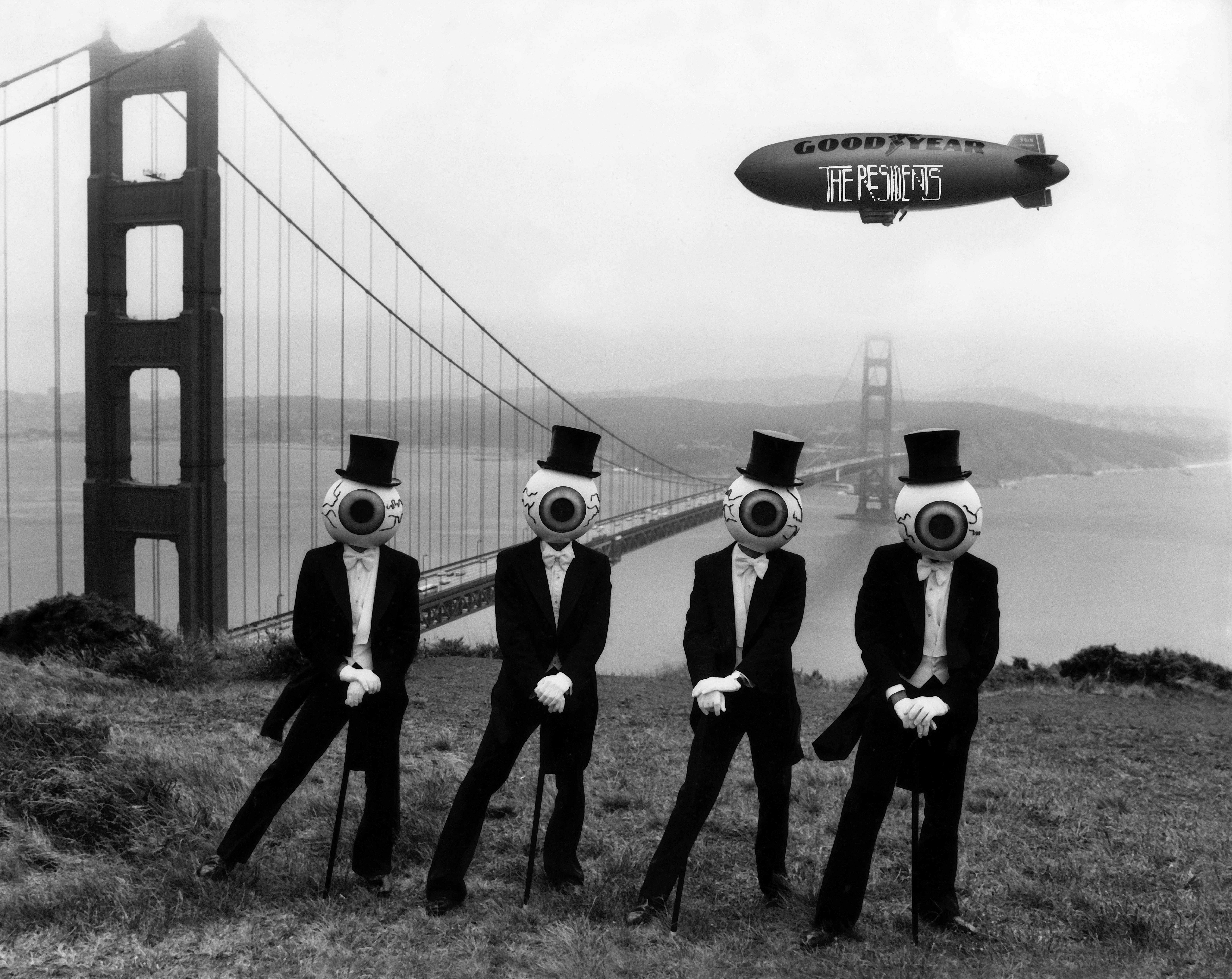By Dennis Hartley
(Originally posted on Digby’s Hullabaloo on April 9, 2022)

As evidenced by the rhetorical posed on Circus magazine’s January 1972 cover, “rock” had become a many-splintered thing by the early 70s…but in a good way. The cross-pollination promoted healthy creative growth; and I firmly believe music fans were more open-minded than they are today (I don’t need to tell you that tribalism permeates every aspect of our lives now…from pop culture to politics).
By the late 60s, the genre broadly labeled “rock ‘n’ roll” was progressing by leaps and bounds; “splintering”, as it were. Sub-genres were propagating; folk-rock, blues-rock, jazz-rock, progressive rock, country rock, hard rock, funk-rock, Latin-rock, Southern rock, etc.
In the wake of The Beatles’ influential Sgt. Pepper’s Lonely Hearts Club Band (which notably yielded no singles) recording artists began to rethink the definition of an “album”. Maybe an LP didn’t have to be a 12” collection of radio-friendly “45s” with a hole in the middle; perhaps you could view the album as a “whole”, with a unifying theme at its center.
This was moving too fast for AM, which required a steady supply of easy-to-digest 3-minute songs to buffer myriad stop sets. Yet, there was something interesting happening over on the FM dial. The “underground” format, which sprouted somewhat organically in 1967 on stations like WOR-FM and WNEW-FM in New York City, had caught on nationally by the end of the decade, providing a platform for deep album cuts.
Consequently, the early 70s was an exciting and innovative era for music, which I don’t think we’ve seen the likes of since. For a generation, this music mattered…it wasn’t just background noise or something to dance to.
Since we all love “50th anniversaries” (heh)…I thought I would flip through my CD collection and (at the risk of life and limb) embark on my annual fool’s errand to compile a “top 10” list for (in this case) 1972…a damn fine year for music. As per usual, I present my choices in alphabetical order (not order of preference), and in a feeble attempt to curb the flood of hate mail I’m surely about to receive, I append “the next 10” at the bottom.
And remember, kids…it’s only rock ‘n’ roll.

#1 Record – Big Star
Founded in 1971 by singer-guitarist Chris Bell and ex-Box Tops lead singer/guitarist Alex Chilton, Big Star was a musical anomaly in their hometown of Memphis, which was one of many hurdles they were to face during their brief, ill-fated career. Now considered a seminal “power pop” band, they were largely ignored by record buyers during their heyday (despite critical acclaim from the likes of Rolling Stone). Then, in the mid-1980s, a cult following steadily began to build around the long-defunct outfit after college radio darlings like R.E.M., the Dbs and the Replacements began lauding them as an inspiration.
Arguably, they may have jinxed themselves by entitling their 1972 debut #1 Record, but the album contains a bevy of strong tracks that have handily stood the test of time. You would think Bell’s chiming Beatles-influenced melodies and Chilton’s more hard-edged blues/R&B sensibilities would clash, but they make beautiful music together (at times recalling Steve Marriott and Peter Frampton’s dynamic on the early Humble Pie albums).
Choice cuts: “Feel”, “Thirteen”, “The India Song”, “When My Baby’s Beside Me”, “Give Me Another Chance”, “Watch the Sunrise”.

Argus – Wishbone Ash
About 10 years ago, I caught Wishbone Ash at a cozy venue in Tacoma with a longtime pal. When they finished their first set, they announced that after the break, the band would perform their 1972 album Argus in its entirety. We nearly fell out of our chairs. It was a 1973 conversation regarding a mutual appreciation for Argus (and Yessongs) that forged our friendship way back in high school, and eventually inspired us to form a band in 1976 (so forgive me if the opening chords to “Blowin’ Free” make me a bit misty-eyed).
Argus was the 3rd album for the band, which formed in 1969. In this outing, vocalist/guitarist Andy Powell (to this day the longest-standing member), vocalist/guitarist Ted Turner, vocalist/bassist Martin Turner (no relation to Ted) and drummer Steve Upton perfected their blend of blues, folk, and melodic hard rock; fueled by lovely three-part harmonies and Powell and Turner’s distinctive dual-guitar sound. Several long tracks with hard/soft tonal shifts give Argus a more epic and “progressive” feel than the rest of their (substantial) catalog, and it remains their most enduring album.
Choice cuts: “Time Was”, “Blowin’ Free”, “Throw Down the Sword”, “Sometime World”, “Warrior”.

Can’t Buy a Thrill – Steely Dan
This first excursion into Donald Fagen and Walter Becker’s willfully enigmatic and ever-droll universe may not be as musically adventurous as the Dan’s subsequent albums, but it still had an air of sophistication that separated it from the pack. Can’t Buy a Thrill finds the band at their most radio-friendly (“Do it Again” and “Reelin’ in the Years” have become staples of classic rock and oldies formats).
The album contains the only two songs in their catalog (“Dirty Work” and “Brooklyn”) that don’t feature Donald Fagen on lead vocal (David Palmer does the dirty work). I like the fact that this album feels a little rough around the edges; more “analog” relative to the clinical perfection of later projects (likely leading to the “yacht rock” label the band has become undeservedly saddled with).
Choice cuts: “Do It Again”, “Midnite Cruiser”, “Only a Fool Would Say That”, “Reelin’ in the Years”, “Brooklyn (Owes the Charmer Under Me)”, “Turn That Heartbeat Over Again”.

Last Autumn’s Dream – Jade Warrior
The core members of this hard-to-categorize band (vocalist Jon Field and guitarist Tony Duhig) had been experimenting and developing their idiosyncratic “sound” for the better part of the 1960s before eventually coalescing (with the addition of bassist Glyn Havard and drummer Allan Price) as Jade Warrior in 1970.
The result was a “hard/soft” mélange of multi-textured progressive jazz-folk-ambience (with a tinge of Eastern influence) and occasional bursts of fiery, Hendrix-like riffs from Duhig (sadly, he passed away in 1990). While the band continued to release albums through 2008, Last Autumn’s Dream (their 3rd LP) remains their crowning achievement. Put on some headphones and be transported.
Choice cuts: “A Winter’s Tale”, “May Queen”, “Lady of the Lake”, “Joanne”, “Morning Hymn”.

Machine Head – Deep Purple
This seminal hard rock outfit formed in the late 60s…and they are still around! There have been many personnel changes over the decades (chiefly involving lead vocalists and lead guitarists), but the power of their music has never faltered. That said, Machine Head is widely considered the most defining album by the “classic” lineup-featuring one of rock’s great screamers, Ian Gillian on vocals, maestro of the whammy bar Ritchie Blackmore on guitar, Ian Paice (drums), Roger Glover (bass), and Jon Lord (keyboards).
As the song goes, they “all went down to Montreux” to record this album in a rented casino space but had an unexpected change of venue after the casino burned down during a performance by Frank Zappa and the Mothers (some songs just write themselves, don’t they?). At any rate, they found a space, laid down some tracks …and the rest is history.
Choice cuts: “Highway Star”, “Smoke on the Water”, “Lazy”, “Space Truckin’”.

Rise and Fall of Ziggy Stardust & the Spiders From Mars – David Bowie
David Bowie invented the idea of “re-invention”. It’s also possible he invented a working time machine because he was always ahead of the curve (or leading the herd). He was the poster boy for “trendsetter”. Space rock? Meet Major Tom. Glam rock? Meet Ziggy Stardust. Doom rock? Meet the Diamond Dog. Neo soul? Meet the Thin White Duke. Electronica? Ich bin ein Berliner. New Romantic? We all know Major Tom’s a junkie…
Favorite Bowie album? For me that’s like choosing a favorite child. If pressed, I’d say my favorite Bowie period is the Mick Ronson years (Space Oddity, Hunky Dory, The Man Who Sold the World, The Rise and Fall of Ziggy Stardust and the Spiders from Mars, Alladin Sane, and Pinups). There was an indefinable “something” about the Bowie and Ronno dynamic, which reached its apex with this groundbreaking 1972 album. Bowie and the Spiders (Ronson, bassist Trevor Bolder and drummer Mick Woodmansey) are in top form; nary a weak cut, from start to finish. Bowie co-produced with Ken Scott.
Choice cuts: “Five Years”, “Moonage Daydream”, “Starman”, “Hang on to Yourself”, “Ziggy Stardust”, “Suffragette City”, “Rock ‘n’ Roll Suicide”.

Roxy Music – Roxy Music
We are from your future! This English outfit (founded in 1970) had strange optics for its time. They looked like a hastily assembled jam band of space rockers, 50s greasers, hippie stoners, and goths, fronted by a stylishly continental 30s crooner. But the music they made together was magic. It also defied categorization and begged a question; do we file it under glam, prog, electronica, experimental, pop or art-rock? The answer is “yes”. They were a huge influence on art punk and new wave, and even their earliest music still sounds fresh-as demonstrated when you give their eponymous debut album a listen.
Choice cuts: “Re-Make/Re-Model”. “Ladytron”, “2HB”, “The Bob (Medley)”.

Something/Anything – Todd Rundgren
It’s shocking to me that it took the Rock and Roll Hall of Fame until 2021 to induct musical polymath Todd Rundgren, a ridiculously gifted singer-songwriter, multi-instrumentalist and producer who has been in the business for over 50 years (he is also a music video/multimedia pioneer). Granted, he does have a rep for insufferable perfectionism in the studio-but the end product is consistently top shelf, whether it’s his own projects, or producing for other artists (including acclaimed albums by Badfinger, The New York Dolls, Meatloaf, The Tubes, Psychedelic Furs, XTC, et.al.).
Rundgren pulled out all the stops for his third album (a double-LP set), which I consider his masterpiece. Running the gamut from beautiful ballads and radio-friendly singles to blues, R&B, hard rock, power pop, and experimental whimsy, this is a very distinctive (if disparate) set of material. What makes the album even more impressive is the fact that Sides 1, 2, and 3 are “all Todd” …all vocals, instruments, and the production. Side 4 (billed as “A Pop Operetta”) is essentially live takes with additional musicians.
Choice cuts: “I Saw the Light”, “It Wouldn’t Have Made Any Difference”, “Cold Morning Light”, “The Night the Carousel Burned Down”, “Torch Song”, “Black Maria”, “Couldn’t I Just Tell You”, “Hello, It’s Me”.

Superfly – Curtis Mayfield
This superb and soulful soundtrack for Gordon Parks Jr.’s 1972 blaxploitation film was Curtis Mayfield’s third outing as a solo artist (he had previously been a key member of The Impressions from 1958-1970). Chockablock with funky riffs, in-the-pocket arrangements, and bold, socially conscious lyrics, it’s little surprise that the album yielded two huge hits (“Superfly” and “Freddie’s Dead”) and made Mayfield a “go-to” guy for soundtracks (Claudine, A Piece of the Action, Let’s Do It Again, Sparkle, et.al.).
Choice cuts: “Little Child Runnin’ Wild”, “Pusherman”, “Freddie’s Dead”, “No Thing On Me”, “Superfly”.

Talking Book – Stevie Wonder
It almost defies belief that Stevie Wonder was only 21 years old when he released this classic set…and it was his 15th album. If the nearly-as-good Music of My Mind (released earlier the same year) was Wonder’s Rubber Soul, Talking Book was his Revolver. Expanding on the mature, sophisticated aesthetic of his previous LP (and possibly feeling artistically empowered by the success of Marvin Gaye’s groundbreaking 1971 concept album What’s Goin’ On) Wonder continued to evolve beyond the established Motown pop formula.
That said, Wonder’s songwriting genius still yielded several chart-friendly hits (“You Are the Sunshine of My Life” and “Superstition” both hit number one). Wonder’s keyboard work reached new heights, especially his use of the clavinet on the hook-laden “Superstition”, and he brought in some heavy hitters, including Ray Parker, Jr., David Sanborn, and Jeff Beck (Beck’s sublime solo on “Lookin’ for Another Pure Love” prompts an audible and heartfelt “Play it, Jeff!” from Wonder). Magnificent.
Choice cuts: “You Are the Sunshine of My Life”, “Tuesday Heartbreak”, “Superstition”, “Blame it on the Sun”, “Lookin’ for Another Pure Love”, “I Believe (When I Fall in Love It Will Be Forever”).
Bonus Tracks!

Here are 10 more gems from 1972 worth a spin:
All the Young Dudes – Mott the Hoople
Barnstorm – Joe Walsh
Exile on Main Street – The Rolling Stones
Harvest – Neil Young
Headkeeper – Dave Mason
Pink Moon – Nick Drake
Slade Alive! – Slade
Transformer – Lou Reed
Wind of Change – Peter Frampton
The World is a Ghetto – War





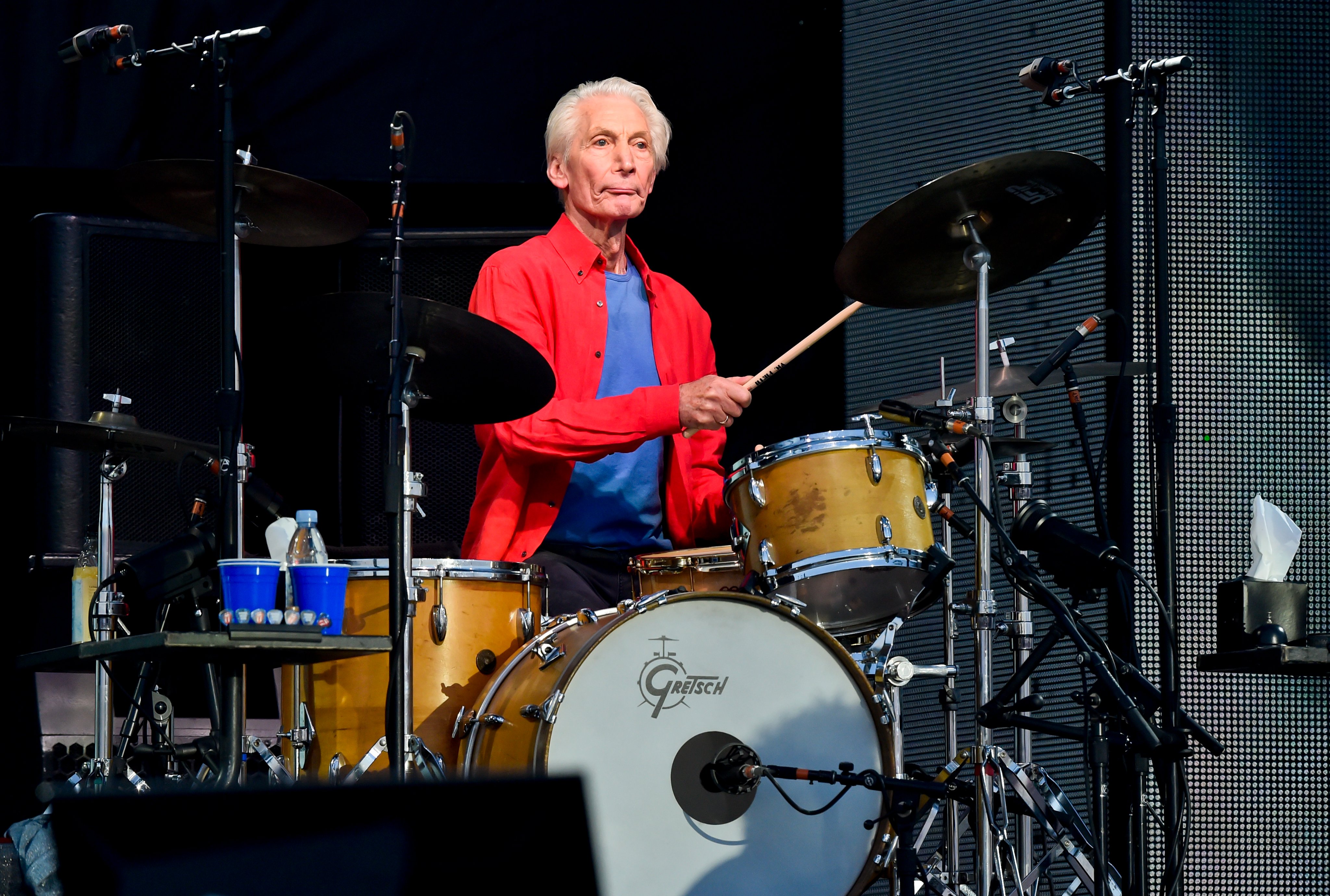
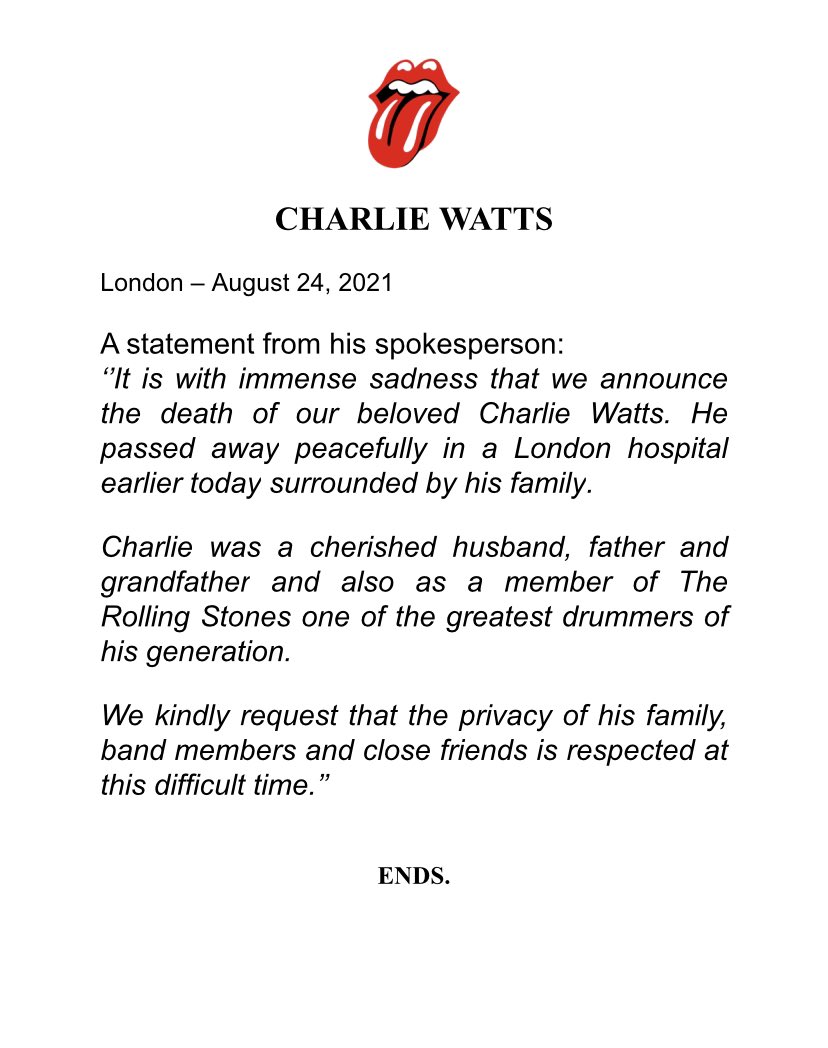 Stalwart to the end, Charlie Watts was the “rock” in rock ‘n’ roll. Solid, reliable, resolute. He sat Sphinx-like behind his kit for over 50 years, laying down a steady beat while remaining seemingly impassive to all the madness and mayhem that came with the job of being a Rolling Stone. He was cool as a cucumber, as impeccably tailored and enigmatic as Reynolds Woodcock. “Reynolds Who?”
Stalwart to the end, Charlie Watts was the “rock” in rock ‘n’ roll. Solid, reliable, resolute. He sat Sphinx-like behind his kit for over 50 years, laying down a steady beat while remaining seemingly impassive to all the madness and mayhem that came with the job of being a Rolling Stone. He was cool as a cucumber, as impeccably tailored and enigmatic as Reynolds Woodcock. “Reynolds Who?” 


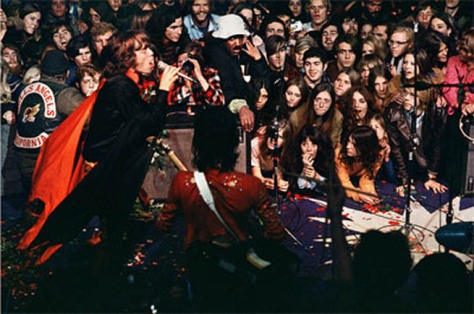




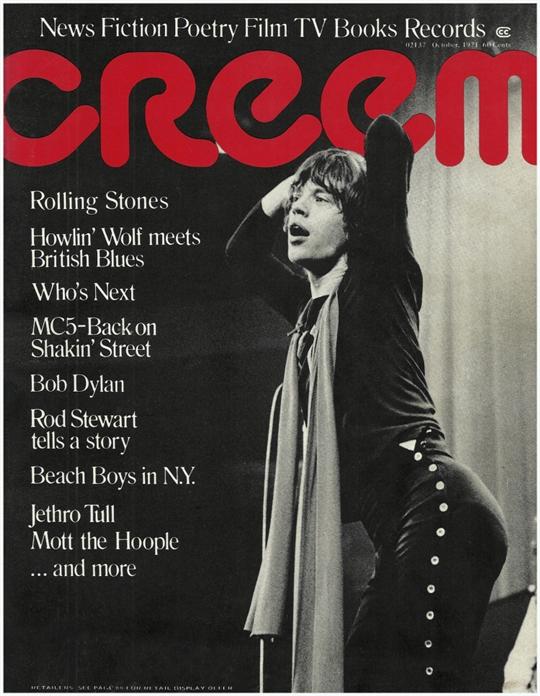








 Who’s Next – The Who
Who’s Next – The Who





